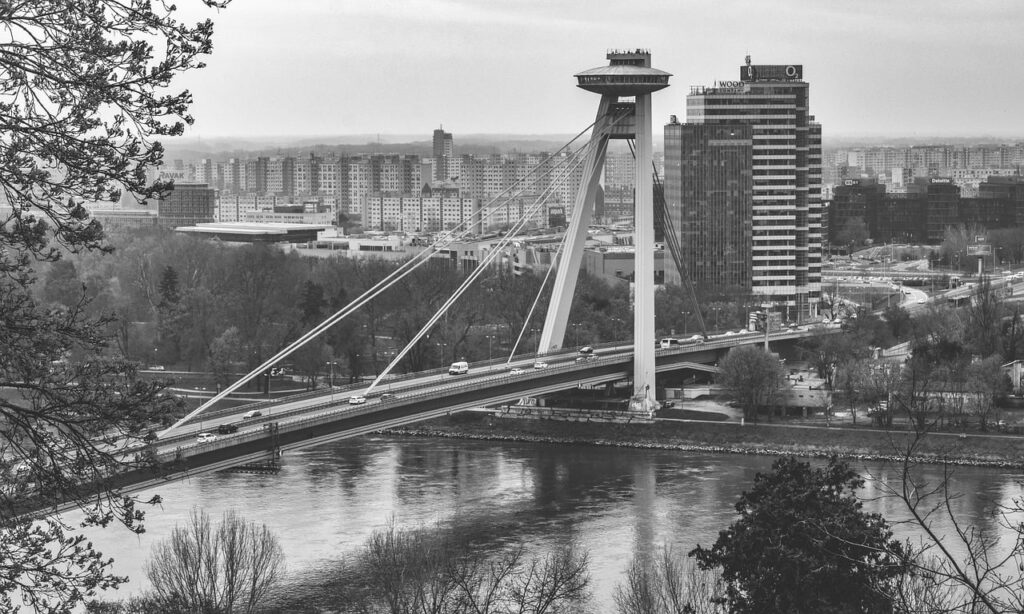Southern Madagascar has some of the island’s most engaging attractions, from the gaunt sandstone plateau of Parc National d’Isalo to the towering mountain fastness of Parc National d’Andringitra. Elsewhere, you’ll discover spiny forests and glorious beaches, browsing and diving in the dry southwest, and the sexy rolling landscapes and scalloped bays wrapping around the port of Fort Dauphin in the far southeast. This is likewise Madagascar’s poorest area, however, and more susceptible to lawlessness– typically manifested in livestock rustling and highway banditry– than the remainder of the nation.
While everyone goes to Nosy Be for the fancier resorts, if you desire something a bit more local, more affordable, and more unwinded, have a look at Île Sainte Marie. Located off the eastern coast, this former pirate capital (the 17th-century pirate Captain Kidd’s ship sank nearby) is a cool, relaxed island loaded with little coves, a pirate graveyard, and scrumptious seafood. The beaches aren’t as good as Nosy Be however there’s a lovely white-sand beach in the south of the island that few individuals visit. This is also the very best part of the nation for whale seeing. Madagascar wildlife -trip flights here cost around 810,000 MGA. (Don’t take the boat, it’s sluggish and awfully inconvenient).
There’s no other capital on the planet like Antananarivo (Tananarive to the French, “Tana” colloquially to everyone). A necklace of emerald rice paddies tracks around lakes, canals and jagged hills, while a huddle of pastel-coloured homes crowds the still-partly patched streets of a crumpled central lattice. Even the sprawling shanties seem in some way prettier than the average metropolitan run-down neighborhood: still mostly integrated in the traditional manner, using fired-clay bricks, they blush radiantly pink in the afternoon sun, compacted in between the glimmering rice fields.
Madagascar has an entrancing tableaux of landscapes: leaking emerald jungles, baobab trees like giant windmills towering over the savannah, and crazy outcroppings of limestone pinnacles, like a million wonky Gothic church spires. The human landscapes are equally fascinating. In the highlands, a thousand shades of green dazzle from the terraced rice fields, framed by dykes of red earth; water-filled nursery paddies show a cerulean blue sky and towering granite mountains, daubed by the pastel images of rows of multicoloured Hauts Plateaux houses.
The best method to get around Madagascar is to employ an automobile with a motorist or join an arranged trip. Cars and truck leasings commonly come with a chauffeur as part of their rates and provide you the most flexibility with your travel plan. Trips, nevertheless, usually cover the expense of accommodations and some or all meals, but you’ll have to adhere to a set schedule and travel with other visitors. Limited public transport choices are also offered, however these cost effective services are slow and frequently unpleasant and risky. For longer trips between select towns, traveling by plane can be organized. Getting to the island will require flying into Ivato International Airport (TNR) in Antananarivo or getting here by cruise liner to numerous Malagasy locales, including Antsiranana, Nosy Be and Tamatave, by means of cruise operators like Costa Cruises and MSC Cruises.
Off the protected west coast lies the fabled island of Nosy Be, with smaller and even more appealing islands dotted around the warm waters of the Mozambique Channel. Madagascar is covered in mostly deciduous dry forest, interspersed with pockets of highland and lowland rainforest– a biome known as the Sambirano environment. The southeast corner of Nosy Be is still shrouded by a cape of primary rainforest safeguarding a number of rare and endemic species. Most of those who go to Madagascar make a beeline here, enticed by the balmy weather and warm seas, plus routine charter flights from France and Italy. Diving and snorkelling are popular pursuits, and kite- and windsurfing are big around Diego.
The highlands of central Madagascar stretch from north of Antananarivo far towards the south of the island, undulating wildly across remarkable granite range of mountains, lava ridges and outcrops. While there’s very little indigenous natural forest left, the human landscape is captivatingly stunning. Deep valleys are filled by terraced rice fields and traditionally built towns, from the busy provincial agricultural hub of Antsirabe to the historic city of Fianarantsoa. Explore towns by horse-drawn buggy and immerse yourself in cultural traditions such as Malagasy crafts and famadihana (reburial) events. Beyond these city centres lies the Réserve Villageoise Anja, where you can hike through the home areas of delightful ring-tailed lemurs, and rugged Parc National de Ranomafana, whose rainforest conceals the unusual golden bamboo lemur.
Subscribe to Updates
Get the latest creative news from FooBar about art, design and business.
4 Mins Read
